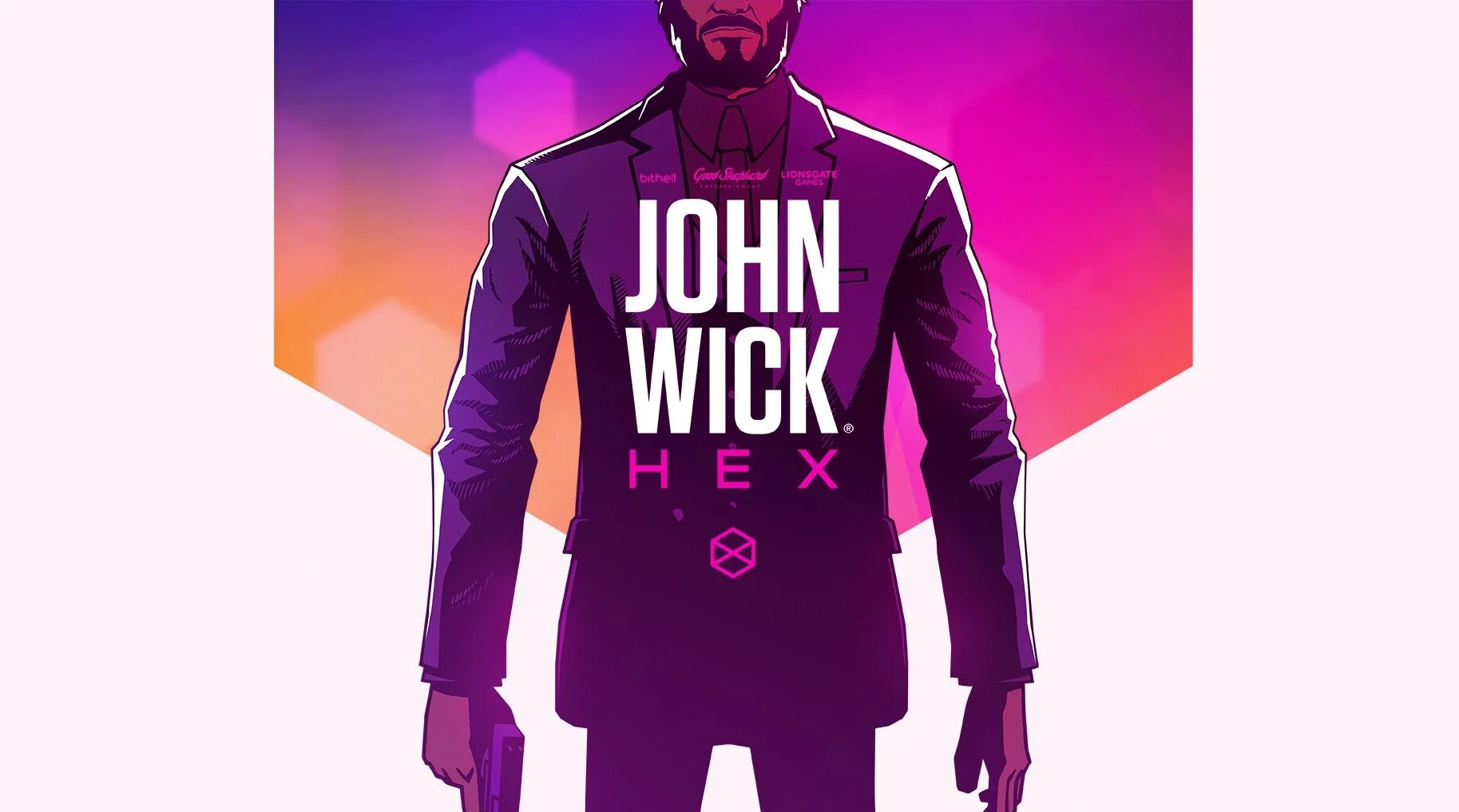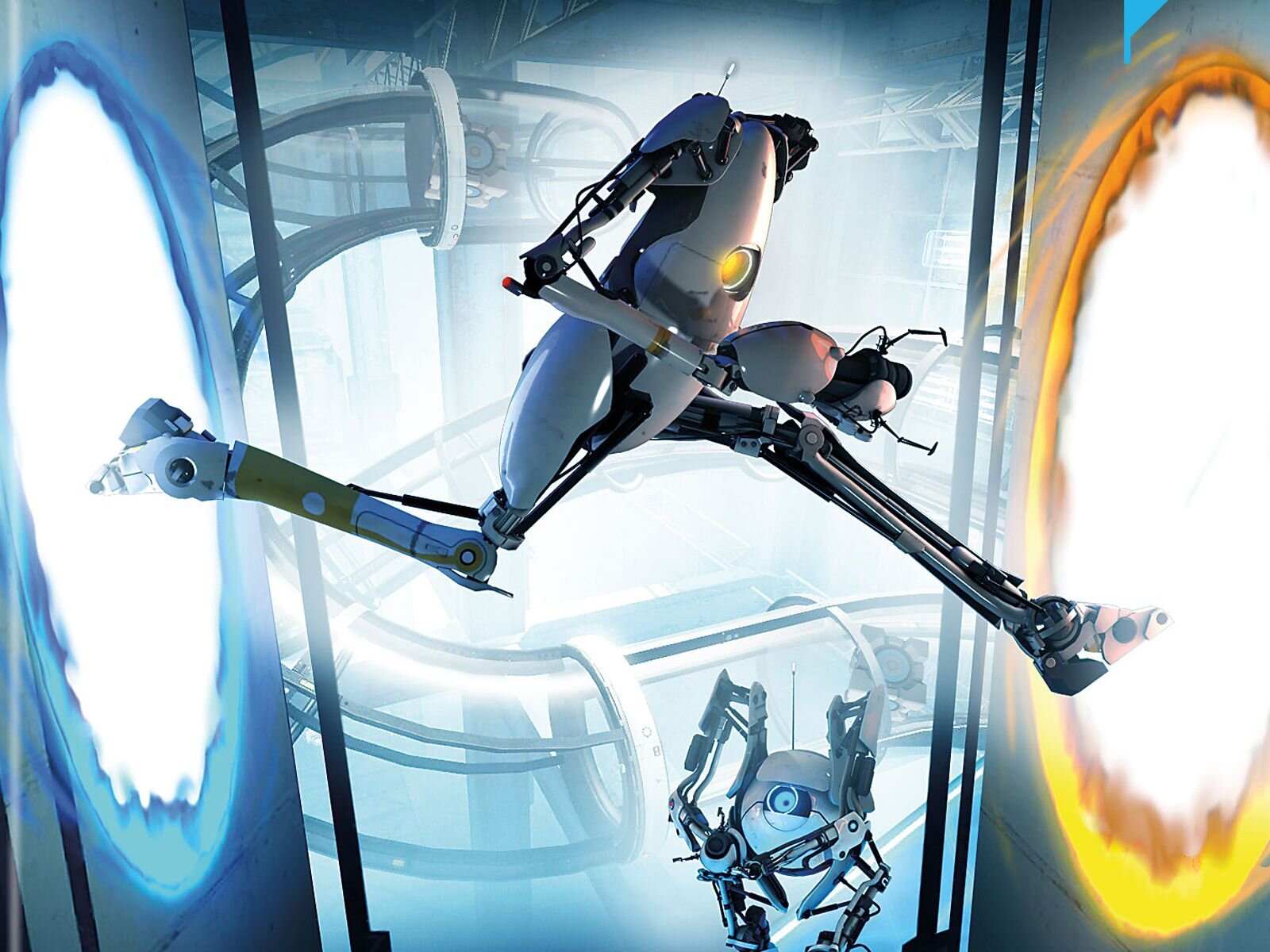Classic Comeback | Child of Light
Sweet Child of Light (Woah-oh-oh)…
“Child. Tuck yourself into bed
And let me tell you a story
Of Lemuria, a long-lost kingdom,
And a girl born for glory.”
This is the first of many stanzas that form all the dialogue in 2014’s Child of Light. Yet it’s also one of the most important of them all, setting the tone for an adventure that embraces the whimsy of a childlike fairy-tale with all the ups and downs, the heroes and monsters, the light and the darkness. Booting it up recently to play the game again on the Nintendo Switch, these words immediately reminded me why Child of Light still feels so timeless like any great fairy-tale. It helps no sequel ever came of it, giving it a unique quality of self-containment.
There are very few non-multiplayer games I like to replay (though sometimes I want to punish myself on the higher difficulties of XCOM). The best experiences I have had in gaming, however, are all based around single-player games. Despite the mixed third entry, the rebooted Tomb Raider series has given great solo adventures. I cried through some of the most emotionally resonant parts of Life Is Strange and currently, Life Is Strange 2 is one of the most important games of the year. However, remembering Child of Light gives me a giddy smile and a wistful relaxation that few other things give. It is an experience seared into my memory. Probably because it helped kickstart my fascination with stories in games.
In Ye Olde Lemurian Times…
The story of Aurora, a princess and daughter of the Duke of Austria, falling into a deep sleep and waking up in Lemuria draws on plenty of fantastical places. Lemuria itself was posited as a theoretical place in 1864, when British zoologist named Philip Lutley Sclater published an article in the Quarterly Journal of Science entitled ‘The Mammals of Madagascar’. Whilst the land depicted in Child of Light has a distinct lack of Lemurs and British zoologists (and Madagascar for that matter), it certainly doesn’t lack any threats for Aurora, battling various creatures and big bosses to return the sun, moon and stars stolen by the Black Queen.
Child of Light was built using the UbiArt Framework engine, developed by Ubisoft Montpellier and designed to make 2.5D games. It wasn’t just limited to this game, with the engine being used to build the majority of Ubisoft’s 2010’s Rayman games and the original great war story before Battlefield 1, Valiant Hearts: The Great War. Vastly different games, of course, but the common denominator across the three series is very simple, they are all utterly brilliant visually. With Child of Light, the fantasy combined with a 2.5D engine make the backgrounds feel like an artistic canvas for the developers, who went and produced pure artistry. The sky shines with white light. The early monastery feels meticulously designed. Grimy woods and dingy caves contrast sparkling water and villages full of crows. These environments are pure excellence. Additionally, Child of Light is far from just a visual masterclass, the soundtrack is a pure delight. Composed by Canadian singer-songwriter Cœur de pirate, strings and piano are perfectly balanced to create a seemingly light but powerful score that compliments sections so well. The classic art debate when it comes to video games is smashed by Child of Light.
Of course, it wouldn’t feel like a great game without the gameplay to back it up. Child of Light does this with fun exploration because, after all, who wouldn’t want to explore this gorgeous place? However, beyond that are surprisingly nuanced crafting and combat systems. Players collect different jewels called oculi, which can be combined in varying ways to buff your party. Speaking of which, Child of Light’s combat was a strange system when it released in 2014. Three party members and three enemies at a maximum (though you could switch party members on the fly) would fight and take actions depending on a timer at the bottom of the screen. Every character was on a horizontal bar which would allow characters to choose an action at a certain point. When characters reached the end of the bar, they would take the desired action and go back to the start. The system seems basic, but it allowed battles to be challenging and fair and even allowed characters to interrupt an enemy’s attack and set them back on the timer. Characters and actions had different speeds at which they moved along. It made for some intriguing decision-making on the player’s part. Should I quickly defend to avoid being interrupted by the enemy or attack to interrupt them? Could I cast this powerful light spell to score a critical hit and have enough time to do it? The combat system, whilst using the timer a bit artificially, does provide enough complexity to make it engaging, even if other games offer more in-depth systems. What matters is it works for Child of Light.
The story and characters were always so simple but so full of life. You have your heroine Aurora, as kind as can be given the situation. Your companions range from rat traders with specialities in archery, to a pair of clowns. A fantastic, varied menagerie of oddities. Whilst the lack of voice acting here may be a distraction for some players, it always made reading the dialogue feel like reading a child’s storybook. The dialogue took a rather infamous similar approach, with all the dialogue being in rhyming couplets. Apart from Rubella who couldn’t rhyme at all. Writer Jeffrey Yohalem had a tricky task on his hands, discussing in a Ubisoft blog post, “Overall it’s keeping every character’s voice very clear and distinct…Doing that while rhyming is the toughest thing” Whilst the dialogue can seem contrived due to this necessity, Yohalem should be commended for the script which manages this task so well in spite of the occasional contrived line or two. He also writes various collectible sonnets known as confessions, providing fun collectible tales within the already fleshed-out world.
Ultimately, it all comes back to the simplicity of Child of Light, everything striking the exact right tone of an otherworldly fantasy, drawing you in with its enticing beauty like a succubus. Yet it also has the gameplay to keep you there, the characters and combat to keep you engaged. All within a great engine. An engine that has not been used much since by Ubisoft, a true shame given what’s been made with it. A game has not come out of it since 2015, although Yves Guillemot discussed it on an episode of IGN Unfiltered, stating “It’s still there and you will see other things using it, but its not as predominant as it used to be.” My hope is we see a studio come back to it because it’s an engine capable of so much. Regardless…
The creators and artists,
They all got it right.
They slaved and worked
Giving us Child of Light.
I mean, I had to end on a poem.








